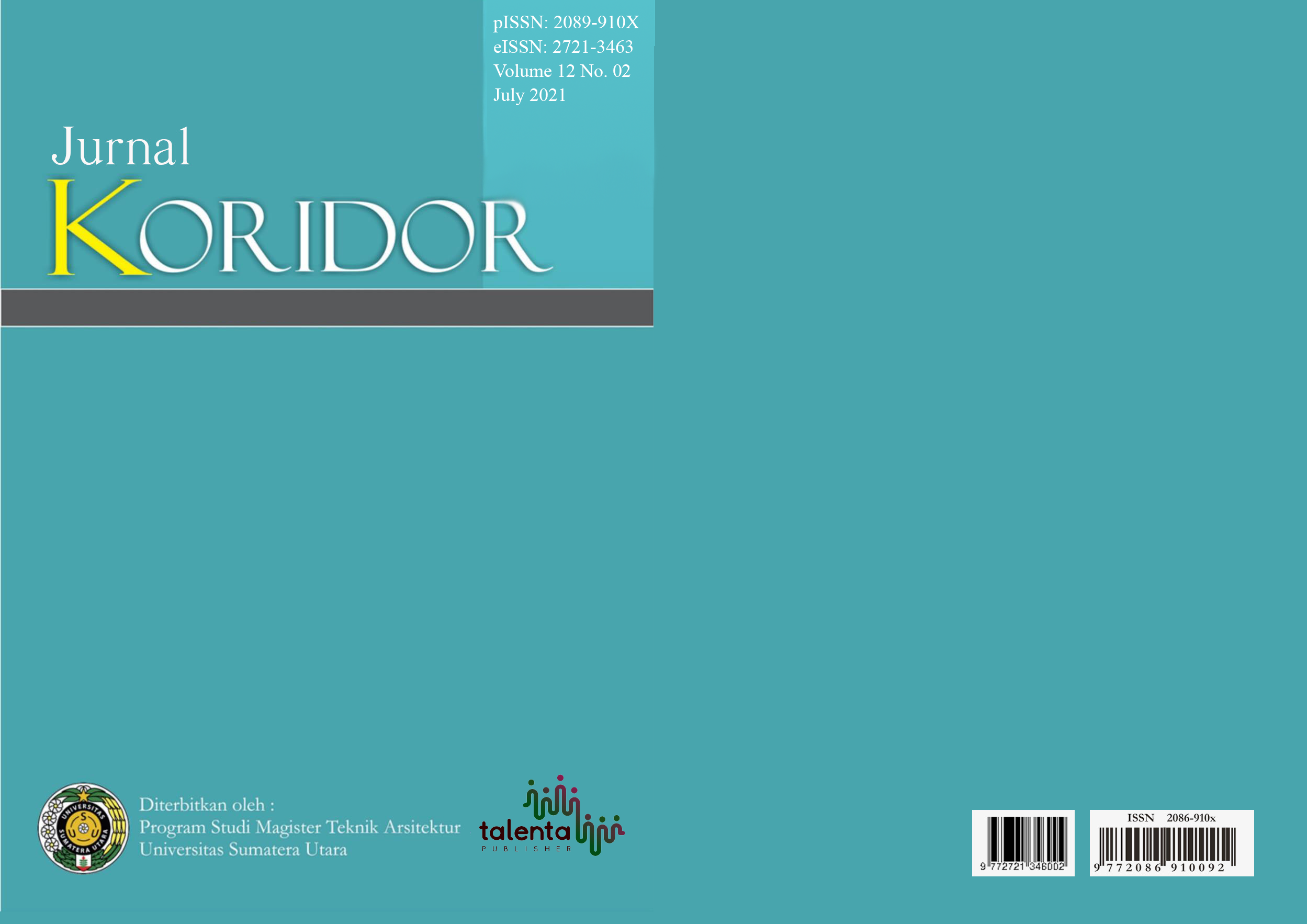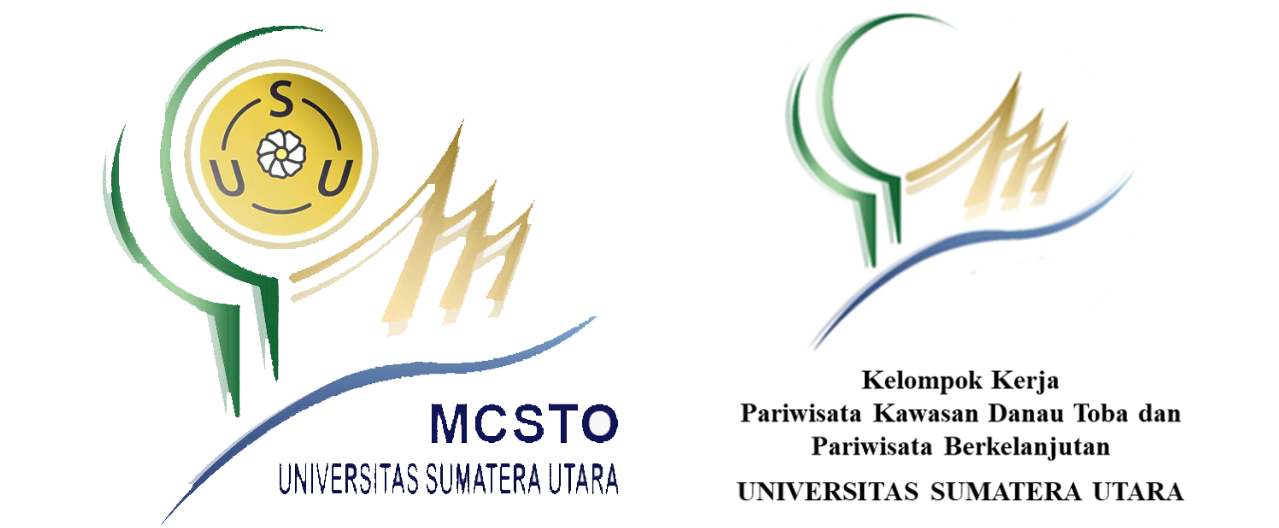STUDY OF ECO-ARCHITECTURE CONCEPT AT MARINA BAY SANDS HOTEL
DOI:
https://doi.org/10.32734/koridor.v12i02.6000Keywords:
Eco-Architecture , Sustainable , Energy efficient, marina bay sandsAbstract
Eco-architecture is a sustainable concept which in essence prioritizes natural and environmental aspects in an architectural design. In addition, eco-architecture also focuses on the use of natural energy as an alternative energy source to replace fossil energy which produces C02 which causes damage to natural ecosystems and causes harm to the living things in it. In this research, Marina Bay Sands Hotel is the object of hotel research that uses the concept of eco-architecture in its design. There is also a discussion on the building's energy operational system in which there are passive systems, hybrid systems, active systems and productive systems as levels in the use of building energy with the aim of providing efficient energy for buildings. The last is about the identification of harmony which includes discussing the configuration of the building mass and the orientation of the building. Based on the analysis carried out with the components previously mentioned, it can be concluded that the application of eco-architecture based on its principles has a significant impact on environmental conditions around the site. This is because these principles are principles that pay attention to environmental conditions during the construction period and after the building is active, which makes the building a sustainable building
Â
Downloads
References
Stauffer, R. C. (1957). Haeckel, Darwin, and ecology. The Quarterly Review of Biology, 32(2), 138-144.
Sudarwani, M. M. (2012). Penerapan green architecture dan green building sebagai upaya pencapaian sustainable architecture. Dinamika Sains, 10(24).
Prawira, E. (2011). Perbaikan Ventilasi Alami Pada Pemukiman Padat Penduduk Bentuk Dari Eko Arsitektur.
Titisari, E. Y., Triwinarto, J., & Suryasari, N. (2012). Konsep ekologis pada
arsitektur di Desa Bendosari. RUAS (Review of Urbanism and Architectural Studies), 10(2), 20-31.
Pane, K. A., & Suryono, S. (2012). Kajian Prinsip ‘Eco Friendly Architecture', Studi Kasus: Sidwell Friends Middle School (Doctoral dissertation, Sam Ratulangi University).
Heinz, F., & Suskiyanto, F. B. (1998). Dasar-dasar Eko-arsitektur. Kanisius, Yogyakarta.
Kusumarini, Y., Sachari, A., & Isdianto, B. (2007). Kajian Terapan Eko-Interior pada Bangunan Berwawasan Lingkungan Rumah Dr. Heinz Frick di Semarang; Kantor PPLH di Mojokerto; Perkantoran Graha Wonokoyo di Surabaya. ITB J. Vis. Art. D, 1, 280-282.
Frick, H., & Suskiyatno, B. (2007). Dasardasar arsitektur ekologis. Yogyakarta: kanisius.
Sukawi, S. (2008). Ekologi Arsitektur Menuju Perancangan Arsitektur Hemat Energi Dan Berkelanjutan.
Khambali, I., & ST, M. (2017). Model Perencanaan Vegetasi Hutan Kota. Penerbit Andi.
Oktavian, A. D. (2019). Redevelopment kawasan wisata Waduk Gondang dengan pendekatan arsitektur ekologi (Doctoral dissertation, UIN Sunan Ampel Surabaya












